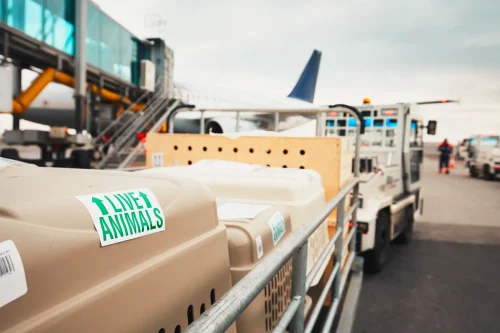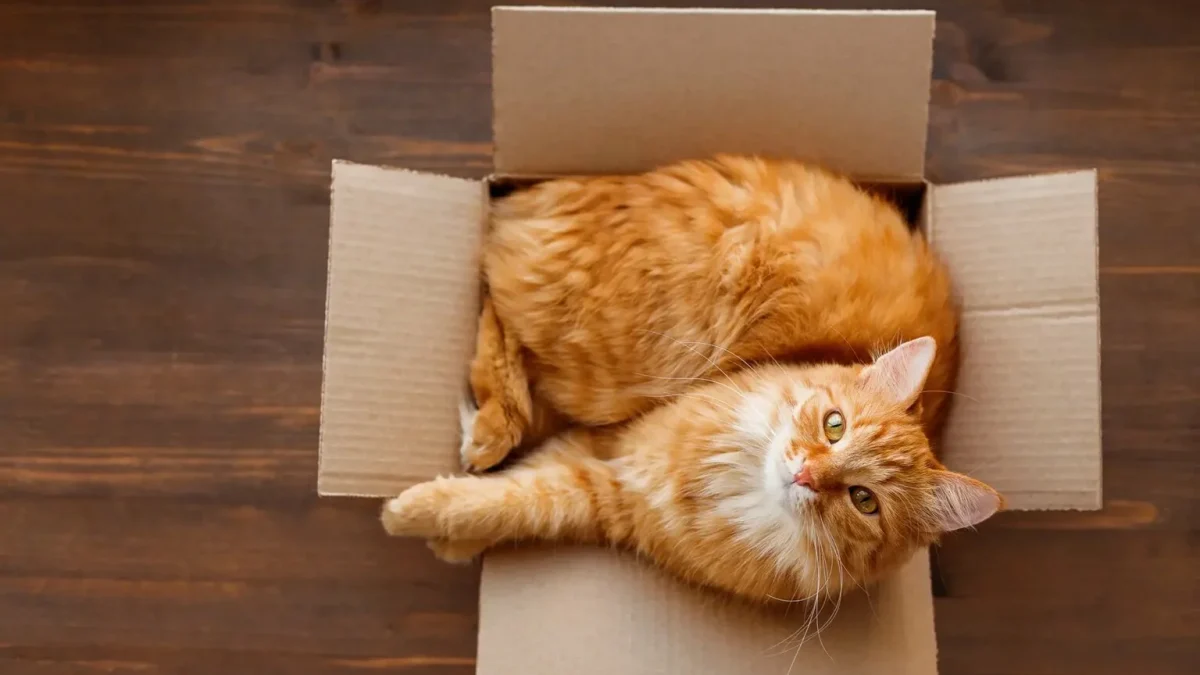
Finding Your Perfect Foreign School in Ghana 🇬🇭: KPSL GLOBAL
June 26, 2024Moving internationally is a big decision that requires quite a bit of forethought and planning. This goes double when you have pets to bring along. Making the move with pets internationally isn’t nearly as easy as moving with them domestically. Nor is it light on stress for both the human or the animal. But if you do your research and plan your move with your pet’s best interests in mind, you should be able to make it a little bit easier on both of you. Keep in mind: Moving with pets internationally is not something that can be done at a short notice. Plan it ahead. It’s quite a lot on top of all the other moving related plans which one has to accomplish and organise while moving internationally but it is very important to do it through. After all, your pet is relying on you to get him or her through safely. Here are some steps which can help you in organising it properly. “Out of all the things expats have to arrange before they can begin the expat life, taking care of the family pets causes the most stress. To the pet owners, pet relocation to another country becomes a real headache since transporting pets involves moving, quarantining, and registering your pet in a new country. When you are taking your pet to another country, you should make a decision if your pet is ready for the journey. Many pet owners consider their companion animals as part of the family having birthday parties for them and stockings with rawhide bones displayed on the fireplace in December.
HOW DOES PET RELOCATION WORK?
The practice itself is fairly straightforward; a relocation agency typically picks up your pet at your home, checks the pet in at the departure airport, clears the pet through customs on arrival, and delivers the pet to their owner’s new home. Pet relocation specialists are also responsible for selecting appropriate flight arrangements, carefully reviewing the import and export documents, and counselling the owner about the intricate details of the pet’s move. However, a pet isn’t always travelling to and from the main ports of entry; sometimes, it’s necessary to facilitate customs clearances or deliveries in more obscure cities and countries.
PREPARING YOUR PET FOR TRAVEL
If you don’t have an airline travel crate for your pet, get one immediately. (Check with the airline you will be flying to your new country to be sure your crate meets its requirements.) And as soon as you have it start the process of acclimating them to it. Not all pets will take to their crates right away. You will need to do what you can to create positive associations with it. The more you can build a strong association for your pet in the crate as a safe place, the better. Encourage your pet to explore the crate by feeding treats and meals in there. Gradually add blankets and their favourite toys.
While crates might seem restrictive, they can be very comforting to your pet. You just might have to put in a little work to get your animal companion to that point. One way to do that is to gradually increase the amount of time your pet spends alone in his or her crate, so they get used to the idea of being in it. Start by closing your pet in his or her crate for five minutes and work your way up to longer periods. Discuss with your veterinarian the maximum length you should crate your pet to get him or her ready for the move.
Understanding the risks of pet relocation
The decision to fly with your pet can be a tough one, especially for owners with furry friends who might face additional challenges during travel. While there's no official age restriction, senior pets and those with health issues require careful consideration. The stress of a long journey can be significant, and a veterinarian's consultation is crucial to determine if your pet can handle it.
Highly anxious animals also present a risk. If not properly crate-trained and acclimated beforehand, their anxiety can escalate during travel, leading to hyperventilation or even self-injury. Ultimately, the choice rests with the pet owner, but consulting a pet relocation specialist alongside your veterinarian can provide valuable insights and ensure a safe journey for your cherished companion.
For some breeds, the physical limitations present additional hurdles. Snub-nosed dogs, like pugs and bulldogs, have delicate respiratory systems that can become easily compromised under stress. The duration of the flight and the pet's individual personality further influence the risk involved. Additionally, certain breeds are more susceptible to heatstroke or breathing difficulties under stressful or hot conditions. These vulnerabilities are often due to hereditary respiratory issues.
If you're considering international pet relocation, understanding these potential risks is vital. By consulting with professionals and carefully assessing your pet's health and temperament, you can make an informed decision that prioritizes their well-being throughout the exciting adventure of moving to a new home together.
Dog breeds that are at-risk for complications while travelling
Boston Terrier
Boxer
Brussels Griffin
Bull Terrier
Dutch
English Bulldog
English Toy Spaniel
French Bulldog
Japanese Chin
Japanese Pug
Lhasa Apso
Pekinese
Pug
Shih Tzu
Cat breeds that are at-risk for complications while travelling
Himalayan
Persian

FLYING WITH A PET OTHER THAN A DOG OR CAT?
What about your avian or reptilian friends? The effectiveness of these tips for planning and managing the needs of companion animals is impartial to whether the animal is a cat or dog or another type of animal. Thus, for those eager to acquire exotic pets such as birds, reptiles or some other critters, seek specific information on the needs of the particular kind of animals.
Some crucial aspects are left out due to such a general approach, which will lead to problems. The very first thing that one needs to do after decision making is to make sure your pet is accepted in the new country. Some have specific general prohibitions on the sale of any animals of a certain group at all, such as New Zealand, which has banned birds, reptiles, and rodents but allows research animals. Other forms of restrictions include those based on breed and here New Zealand again provides an example by generally banning most pit bulls.
Once that has been established, start researching basic health standards for the pet and specific rules regarding movement and possible quarantine time. Having an early adoption plan is important when relocating pets to another country. The idea of starting early also enables research to be conducted in order to prevent missing out on important information. Veterinary practitioners and pet relocation companies would be helpful, not to mention the consulate or embassy of your new country.
Lack of awareness and knowledge: never stop questioning and make sure to insist on the details you do not understand. Notable examples include the so-called ‘fast movers’, such as moving to a new job location, which may call for some ingenuity. You may want to arrange to have someone stay at the same place where you are currently living and be in charge of taking care of your pet until you are able to find a permanent arrangement. Cooperation between your current and new veterinarian is also a must to can-do a seamless transition with your pet.
CALL YOUR AIRLINE
Before you even finalise your flight plans, contact the airline you're considering to understand their pet travel policies. These regulations might be stricter than the destination country's requirements. The airline can provide specifics on pet carrier size, what to bring, and even the possibility of in-cabin transport for smaller pets (staying in a carrier under your seat).
For international pet journeys, inquire about how the airline handles layovers and delays, especially if your pet is travelling in cargo. Where will they be kept during layovers? What if your flight is delayed or cancelled but your pet arrives on schedule? Finally, understand the circumstances that might prevent your pet from flying in cargo, such as extreme hot or cold temperatures.
GET YOUR DOCUMENTS IN ORDER
Having all the required documents in order is crucial to avoid delays and frustration during your pet's international move. This could include proof of rabies vaccination, other vaccinations, a vet's travel clearance letter, and anything else mandated by the airline or your new country. Make copies of everything and ensure proper signatures are in place. Missing paperwork can lead to expensive delays or even denial of entry for your pet.
This is where a pet relocation service can be a lifesaver. Their coordinators handle the paperwork, ensuring everything is complete and filled out correctly. They'll also keep copies on file, so if you misplace yours during the move, they have backups readily available. While it might cost extra, the peace of mind and reduced stress for you and your pet might be well worth the investment.







